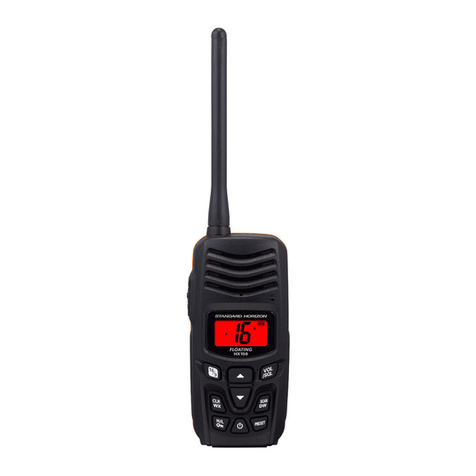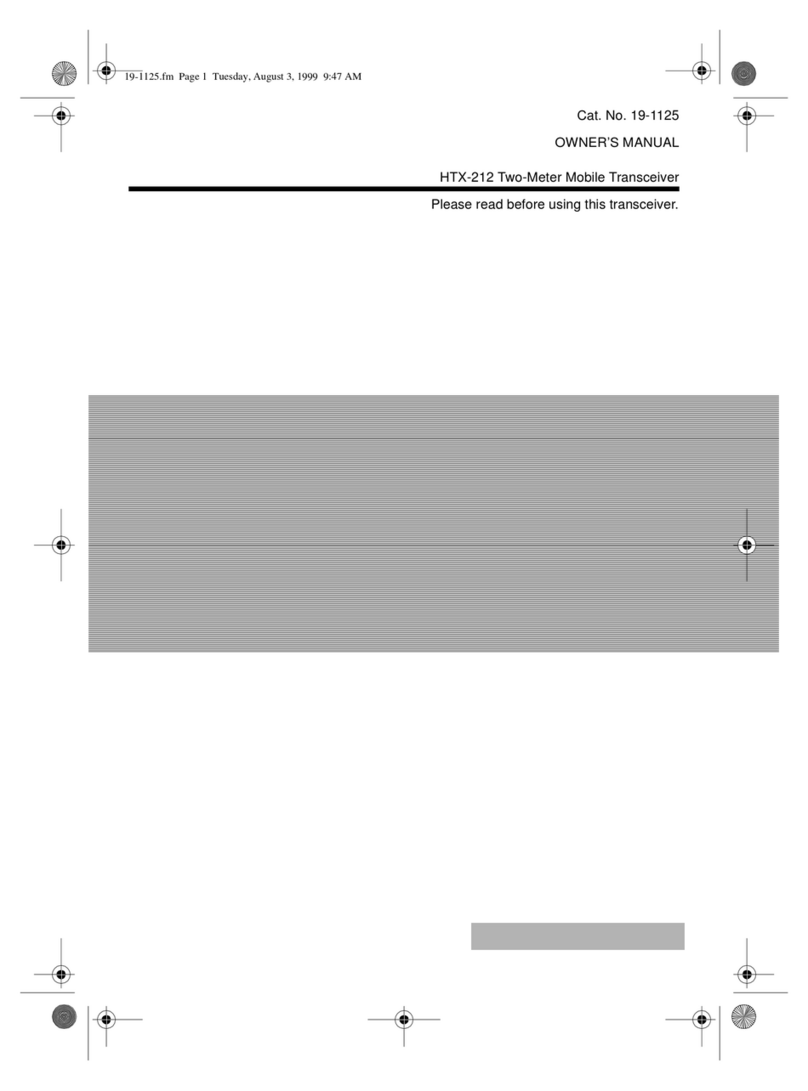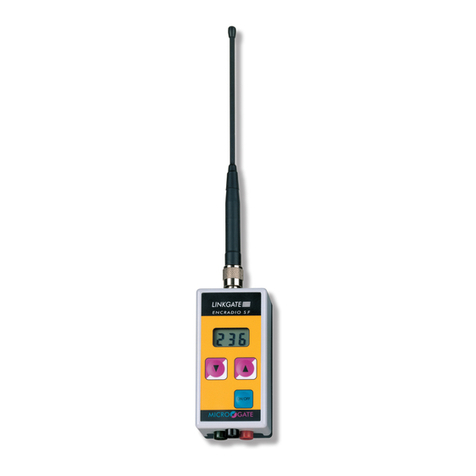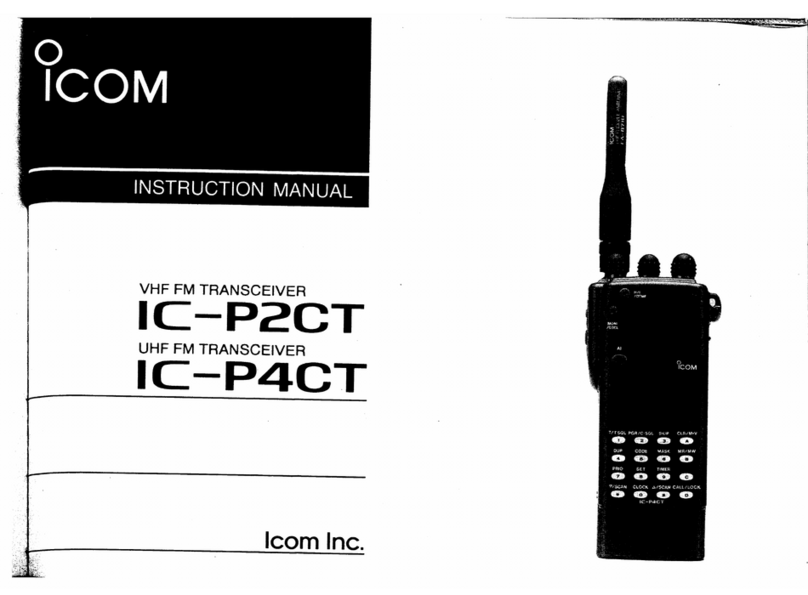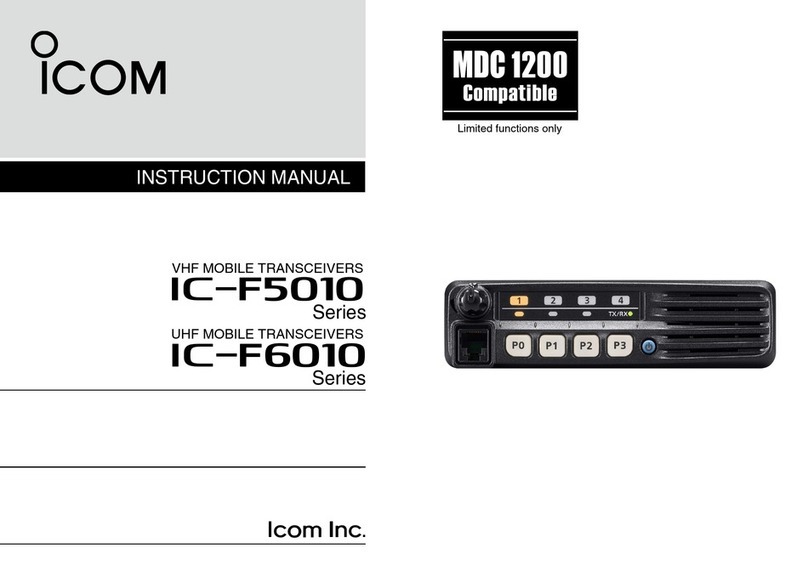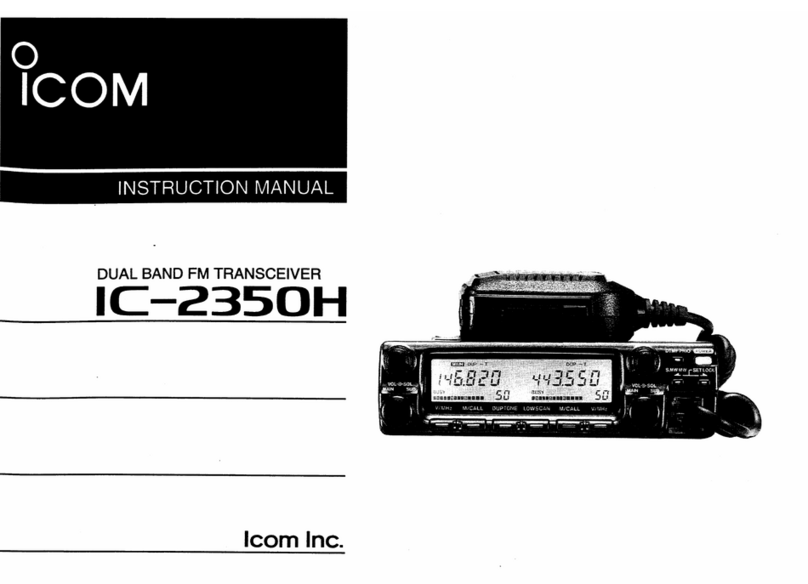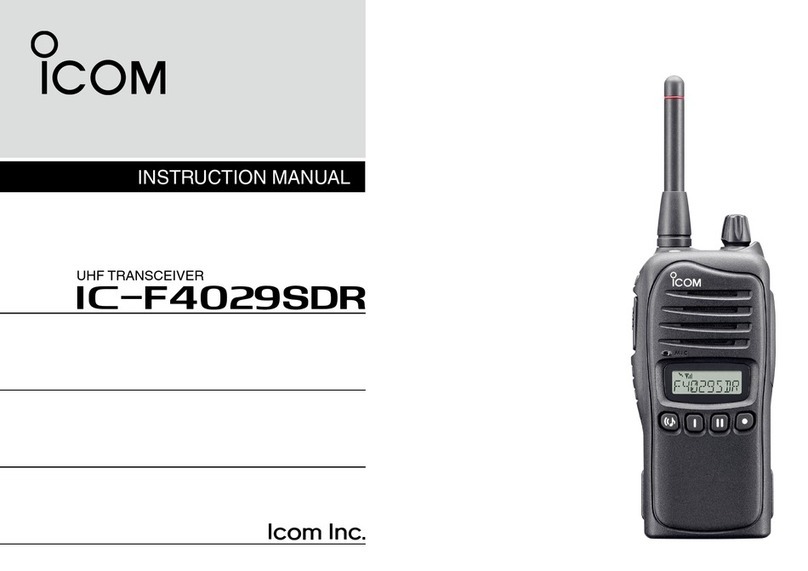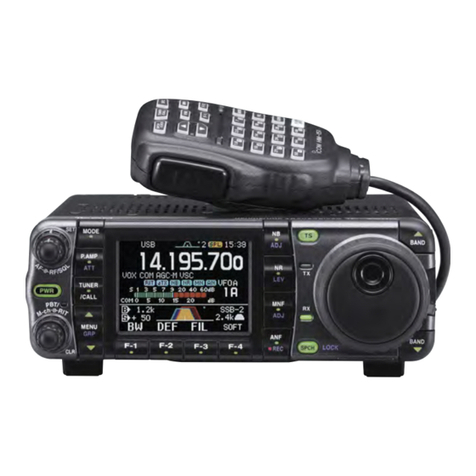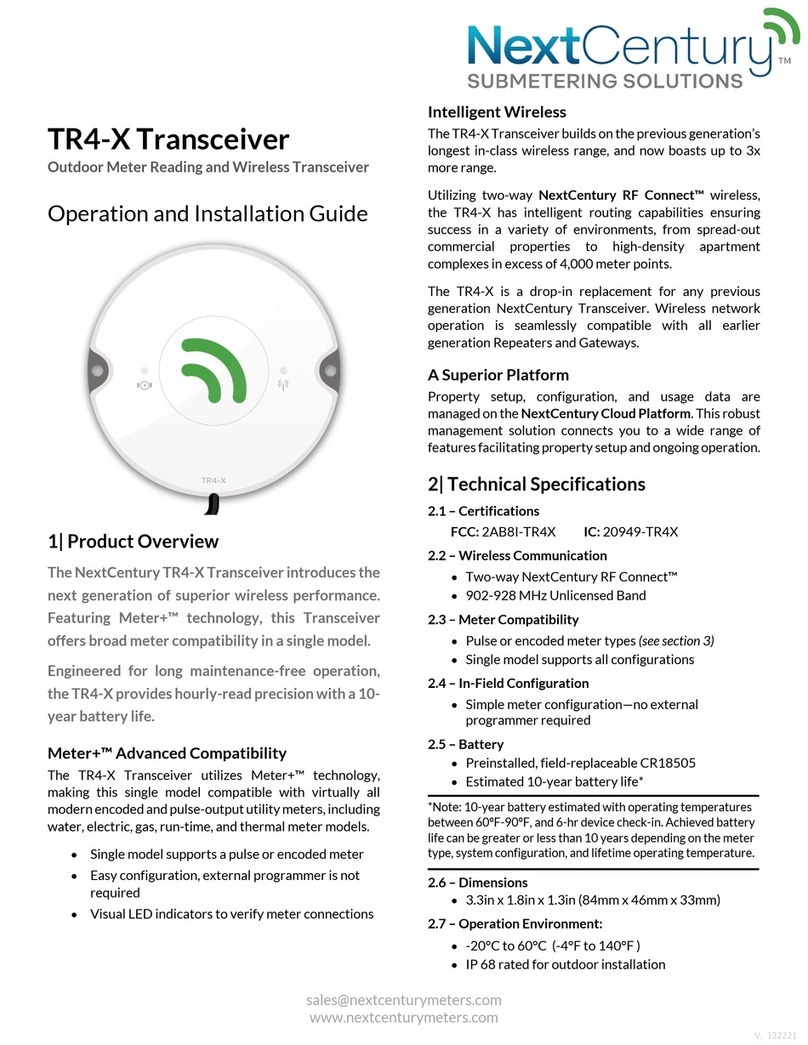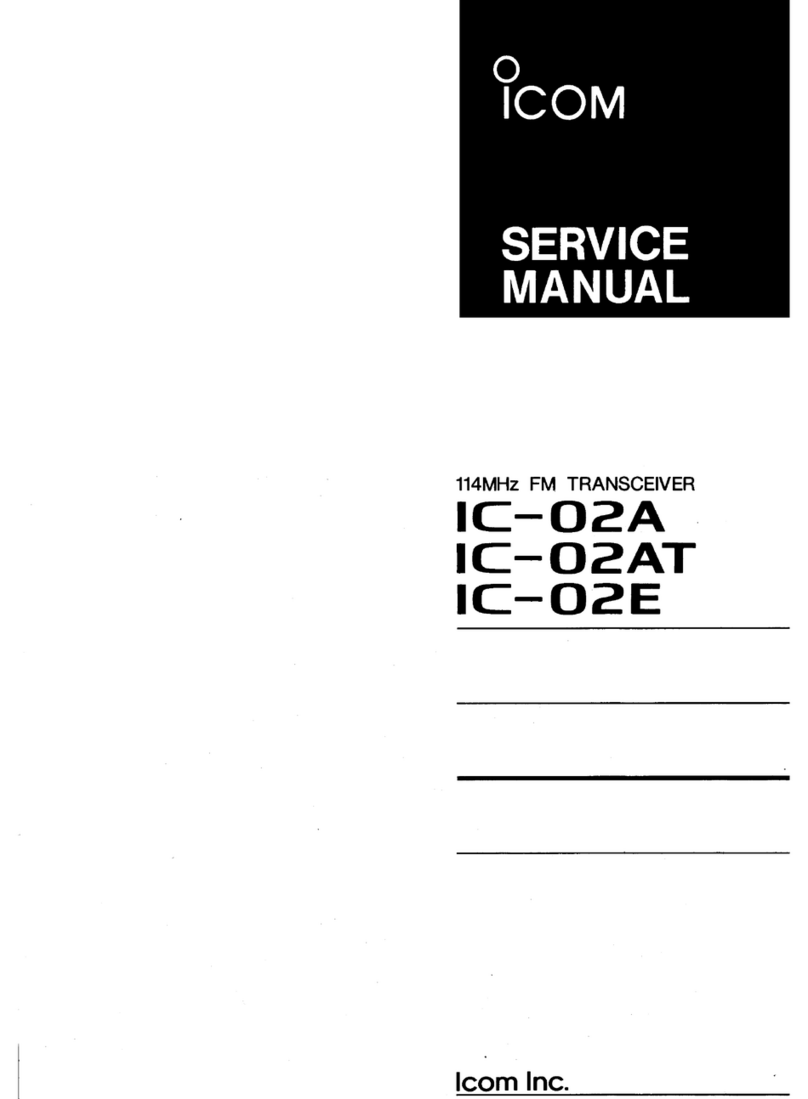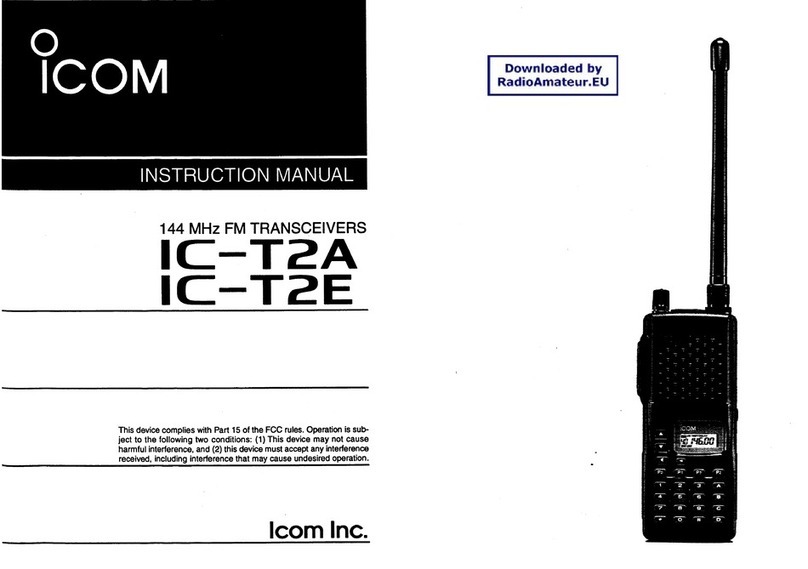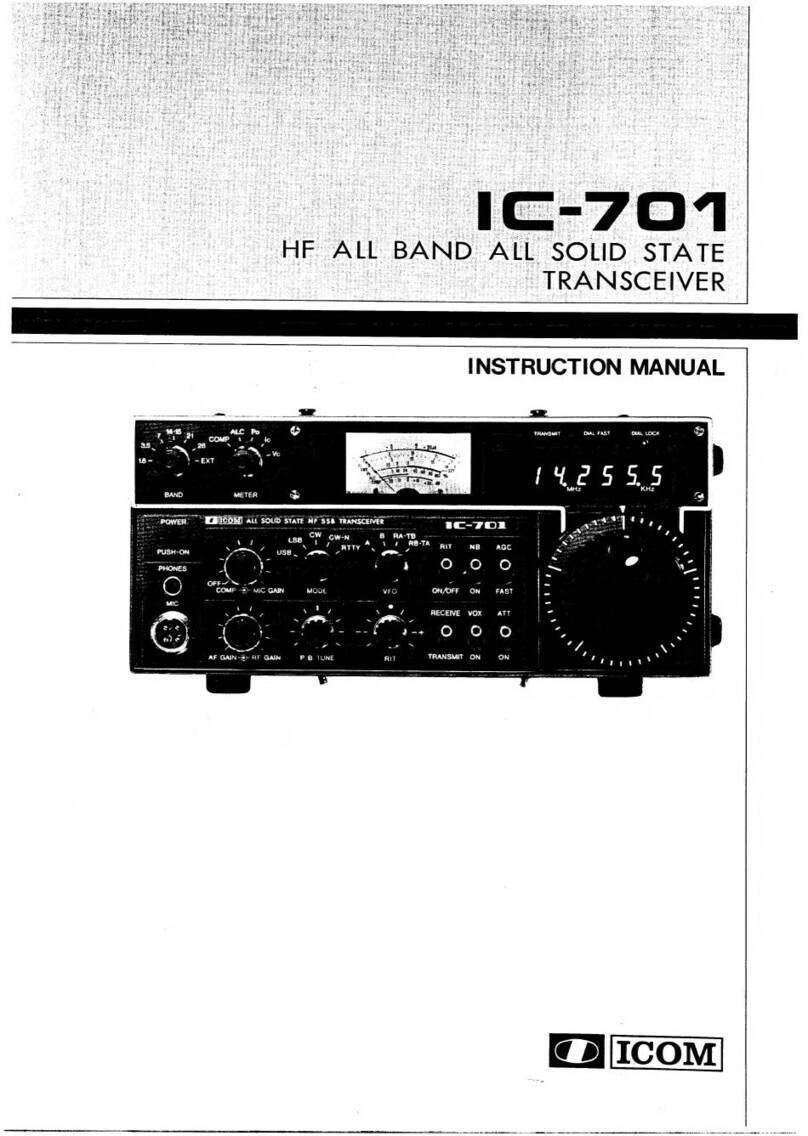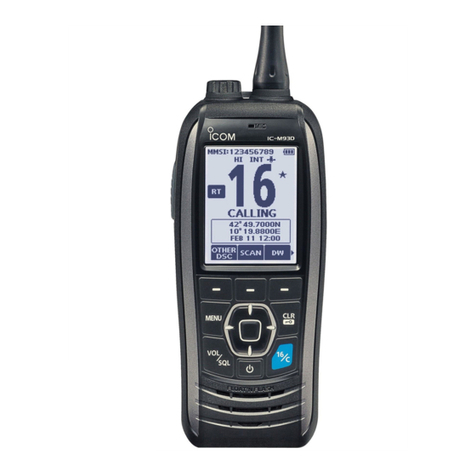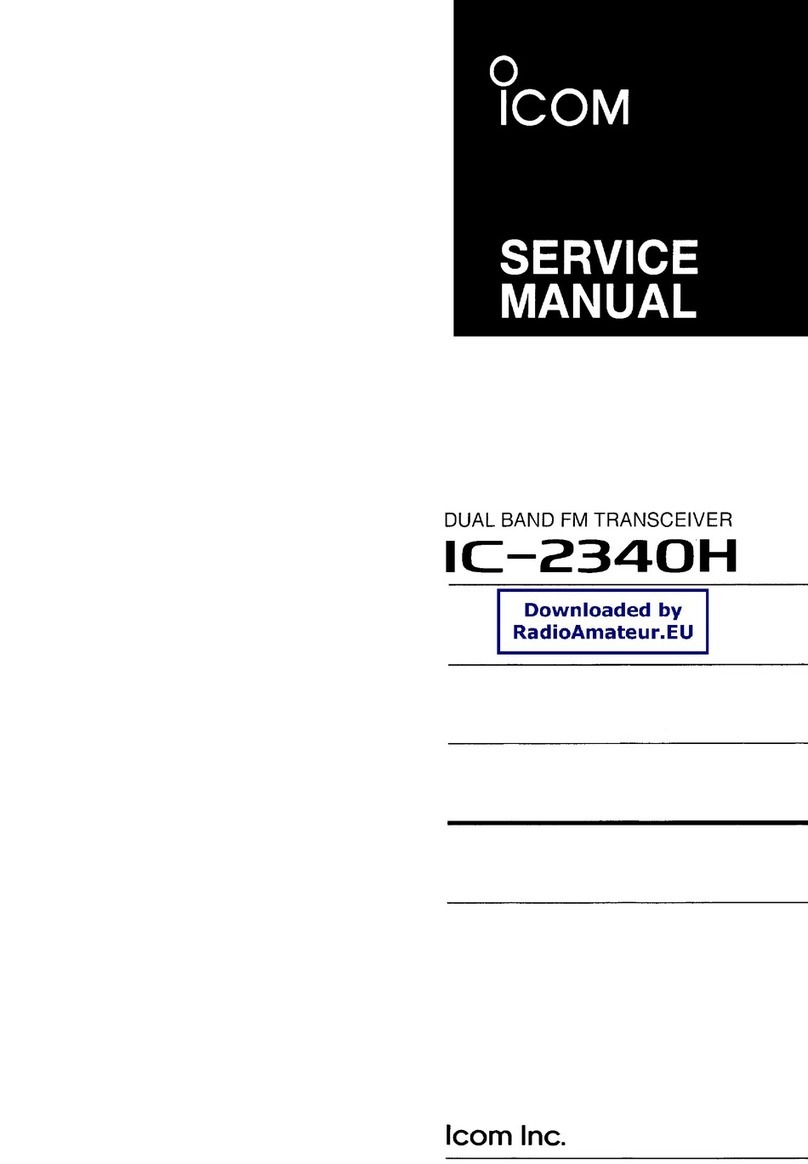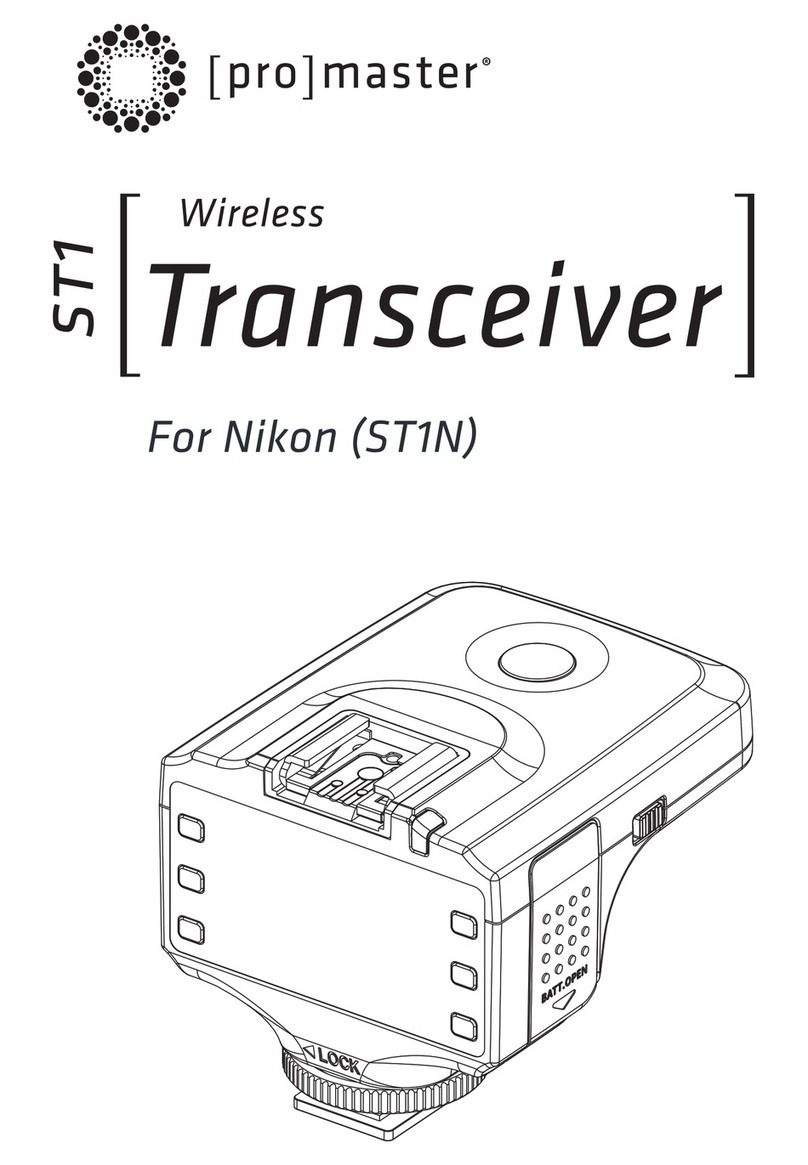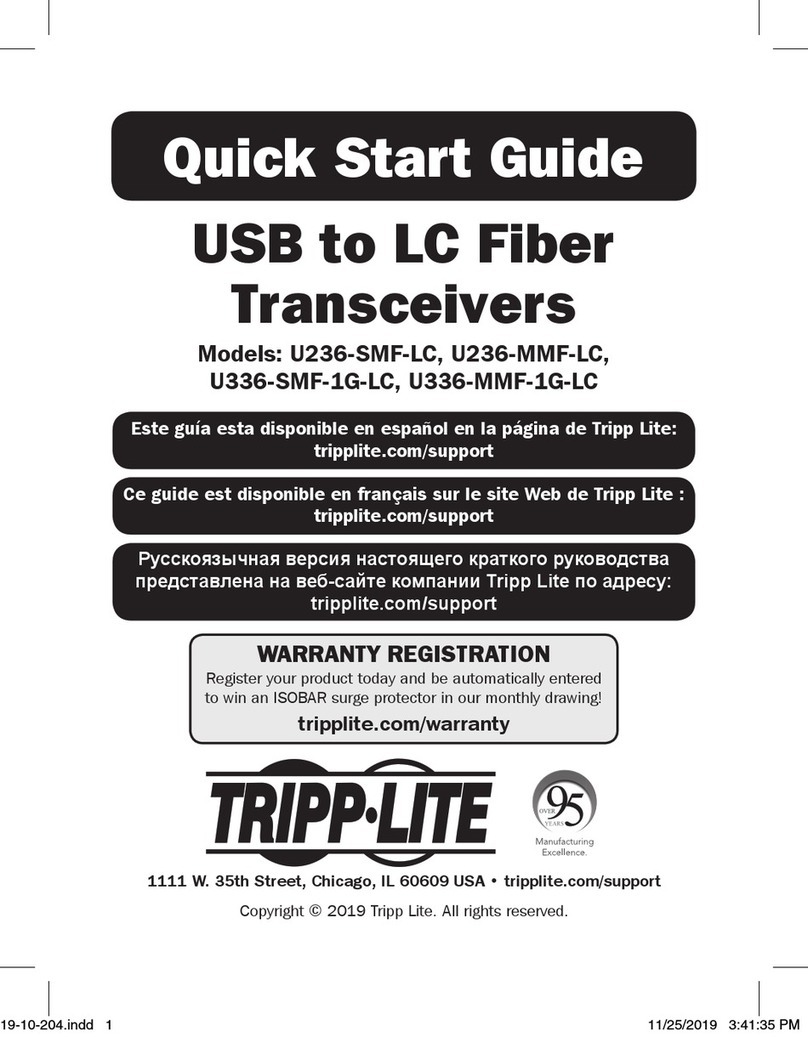Tsuen Shing WT-555 User manual

WT-555 USER MANUAL
BUTTON AND CONTROLS
BATTERY INSTALLATION
1. Switch off the radio and open the battery door.
2. Install 3 AAA alkaline batteries (not included) according to the anode-cathode signs shown
in the battery door as shown.
3. Replace the battery door.
OPERATION
Power On/Off
1. Press and hold key for 3 seconds until “Di” sound to indicate the unit is power on property.
LCD will show the current channel.
2. Repeat the above operation to power off the unit.
Adjust the volume
1. Press key once, the current volume level will show on the LCD screen.
2. Press
▲/▼
key to increase or decrease volume level from L1 to L4(1-4 level). The default
setting of volume is L3.
3. When volume setting reaches the maximum or minimum level, alert beep tones will be
heard.
Channel Selection
Two radios have to be in the same channel in order to communicate each other.
Select desired channel by pressing and releasing
▲/▼
key. Current channel will be shown on
LCD.
To make a Call
1. Press CALL key once to call other parties.
2. There are short calling melodies indicate the starting and ending of transmitting cal tone.
ANTENNA
PTT
CALL
UP KEY
DOWN KEY
MIC
SPEAKER
POWER ON / OFF
LCD DISPLAY
NECK STRAP HOLE
NECK STRAP HOLE

Push to Talk
Press and hold PTT key and speak into the microphone.
Receiving Signal
Release PTT or CALL key and wait for signal. Current channel shown on LCD.
Low Battery Indicator
When the battery level becomes low, “Bi Bi” alert will be heard every 2 seconds and “LL” will be
shown on LCD. The radio will be off automatically after 3 minutes except to replace new
batteries.
TECHNICAL SPECIFICATIONS
Description Specifications
Power Output <500mW
Operating Frequency 462.5625 ~ 462.7125MHz
467.5625 ~ 467.7125MHz
462.5500 ~ 462.7250MHz
Channels 22
Modulation FM
Communication Range Un-obstructed conditions: Up to 3 km
Power Source 3 AAA Alkaline battery
Battery Life > 30 hours (5% Transmitting, 5% Reception, 90% Standby)
FRS+GMRS Transmit-Receive Frequencies (MHz)
CHANNEL
FREQUENCY
CHANNEL
FREQUENCY
CHANNEL
FREQUENCY
1 462.5625 9 467.5875 17 462.6000
2 462.5875 10 467.6125 18 462.6250
3 462.6125 11 467.6375 19 462.6500
4 462.6375 12 467.6625 20 462.6750
5 462.6625 13 467.6875 21 462.7000
6 462.6875 14 467.7125 22 462.7250
7 462.7125 15 462.5500
8 467.5625 16 462.5750
TROUBLE SHOOTING
Problem Solution
No power - Reposition or replace batteries
Message not transmitted - Make sure the Push-to-Talk button is completely pressed as
you transmit.
- Reposition or replace batteries
Message not received - Confirm radios have the same channel setting.
- Make sure PTT is not inadvertently being pressed.
- Obstructions operating indoors or in vehicles may interfere

with communication.
- Change your location.
- Check to make sure volume is loud enough to be heard.
- Reposition or replace batteries
Hearing other conversation
or noise on a channel
- Shared channel may be in use, try another.
Limited talk range - Steel/concrete structures between each other, heavy foliage
will decrease communication range, check for clear line of
sight to improve transmission.
- Wearing radio close to body such as in a pocket or on a belt
will decrease range, change location of radio.
Heavy static or interference
- Radio are too close to each other. Radio must be at least
15 feet apart, increase your distance.
- Radio are too far apart. Obstacles interfere with transmission.
- Talk range is up to 3 km in clear and unobstructed conditions.
Caution:
- Do not expose this appliance to rain or moisture.
- Do not hold the antenna while the radio is in use, or transmissions quality affected.
- Never change or replace anything in your communicator except the battery.
- No naked flame sources, such as lighted candles, should be placed on the apparatus.
- To clean your radio, use a soft cloth dampened with water.
FCC STATEMENT
Warning: Changes or modifications to this equipment not expressly approved by the party
responsible for compliance could void the user's authority to operate the equipment.
Warning: Any adjustment to this equipment is recommended to be performed by or under the
immediate supervision and responsibility of a person certified as technically qualified to
perform transmitter maintenance and repair duties in the private land mobile services and fixed
services by an organization or committee representative of users of those services.
Warning: Replacement of any transmitter component (crystal, semiconductor, etc.) for this
equipment could result in violation of FCC rules.
Notes: This equipment has been tested and found to comply with the limits for a Class B digital
device, pursuant to part 15 of the FCC Rules. These limits are designed to provide reasonable
protection against harmful interference in a residential installation, this equipment generates,
uses and can radiate harmful interference to radio communications.
However, there is no guarantee that interference will not occur in a particular installation. If this
equipment does cause harmful interference to radio or television reception, which can be
determined by turning the equipment off and on, the user is encouraged to try to correct the
interference by one or more of the following measures:
- Reorient or relocate the receiving antenna.
- Increase the separation between the equipment and receiver.

- Connect the equipment into an outlet on a circuit different from that to which the receiver is
connected.
- Consult the dealer or an experienced radio/TV technician for help.
The General Mobile Radio Service (GMRS) frequencies a license under the Rules of Federal
Communications Commission (FCC). You can apply for your GMRS license online at
www.fcc.gov/formpage.html .
Table of contents

